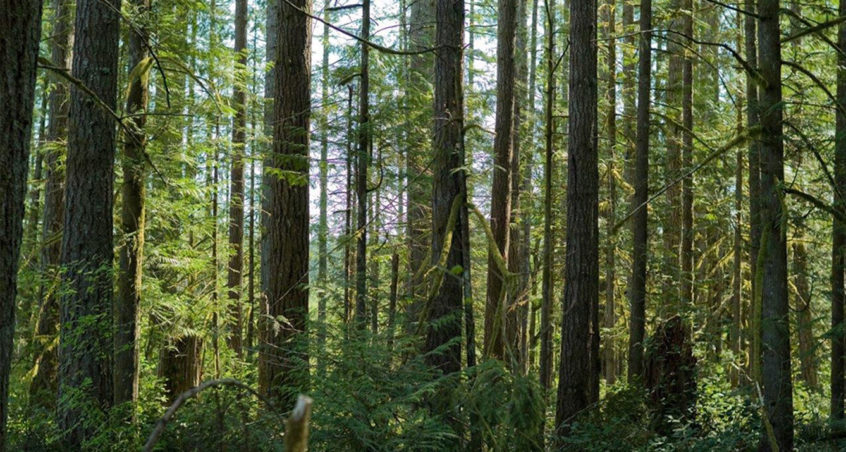A provocative Canadian Broadcasting Corporation (CBC) report suggesting that Canada’s forestlands emit more carbon than they absorb is stirring controversy. The CBC article contends that assuming the nation’s forested lands are an “immense carbon sink” that absorb more greenhouse gas emissions than the country produces is false.
Though sensational in its headline, the story is more nuanced than a cursory glance would indicate. The CBC analysis recognizes the role of catastrophic wildfires and invasive species like pine beetle infestations have on trees, leading to the rapid release of the carbon dioxide trees and forests sequester.
It is undisputed that massive wildfires pose a serious threat to air quality, public health, public safety, wildlife, natural resources and property values. That is why Reps. Brian Blake (D-Aberdeen) and Joel Kretz (R-Wauconda) have co-sponsored a bill – HB 1941– to review the impact of catastrophic wildfires on communities.
HB 1941 would direct the Department of Natural Resources and Washington State University to take lead on the study and work with state and local agencies to determine the immediate and long-term impacts of wildfire on neighboring communities. If HB 1941 were to be passed into law, the report would be completed and presented to lawmakers next year.
Setting aside the attention-grabbing headline, the CBC report also underscores the importance of active forest management versus inactive management.
According to the CBC news article:
But when you exclude natural disturbances like fires and insect infestations and look only at the areas directly impacted by human forestry activity, the picture changes. It’s these areas where forests act as a net carbon sink, year after year. The “sink” effect is largely the result of new trees being planted and growing, after mature ones are cut down…On average, areas subject to forestry activity have been a net sink of roughly 26 megatons (sic) annually since 2001.
Increasing forest health will be key as forested lands in Washington state and beyond experience droughts and threats from invasive species. Promoting robust, resilient forests requires work and Washington’s private forestland owners have shown great leadership in protecting woodlands from fire, insects, invasive plants and disease.
Research shows that actively managing forests and practicing sustainable science-based forestry can help safeguard trees in times of drought or invasive species incursions. To that end, private forestland owners have applied best practices to ensure their growing forests continue to thrive and be prepared for challenges ahead.
So, while at first blush the eye-catching CBC headline may cause a stir, a deeper dive into the story calls attention to the fact that the Canadian forests effectively sequestering carbon dioxide are the ones that are actively managed.
